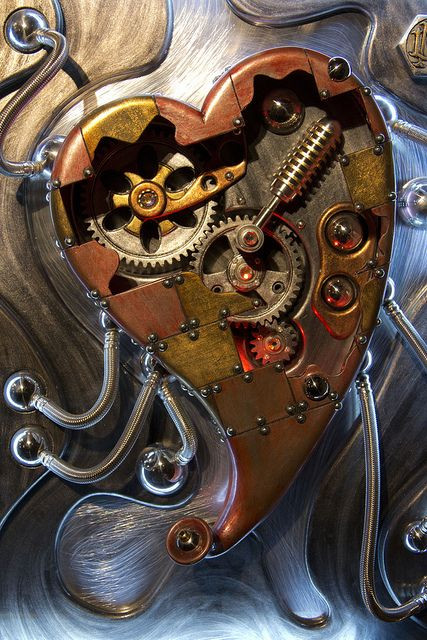Stem Cells Rebuild A Beating Heart In Mice: Are Personalized Transplants For Heart Disease On The Way? [VIDEO]

Reprogrammed stem cells from humans can rebuild a beating mouse heart in less than three weeks, according to a new report in the journal Nature Communications. The results could provide clues into how to build personalized transplants for use with heart disease.
Approximately one person dies every 34 seconds in the U.S. because of heart disease, making it the leading cause of mortality in the nation. Stem cells, which can develop into any type of organ tissue in the body, have been offered as a possible way to repair damaged hearts in both adults and children.
A study in 2010 showed that rat hearts could be rebuilt from baby rat cells, but this new research pushes the limits even further by using stem cells to reconstruct a complete heart.
Conducted by scientists at the University of Pittsburgh School of Medicine, this study found that the key to refurbishing a heart is having the right scaffold. In this case, the researchers used a mouse heart.
They started by using enzymes and detergents to remove all of the cells from the dissected mouse organ, which left behind a 3-D shell of connective tissue. Next, they took skin cells from humans and, through a series of hormone treatments, reprogrammed them into stem cells, which are commonly known as induced pluripotent stem (iPS) cells. Another set of growth factors changed these iPS cells into ones that resembled the progenitor cells in a young heart.
The reprogrammed stem cells were incubated with the 3-D scaffold and growth factors over the course of 20 days to produce three essential cellular components of a normal heart: endothelial cells, cardiomyocytes, and smooth muscle cells. The latter two are necessary for heart contractions.
The final product was a heart-like organ that could contract and respond to drugs that speed up or slow down a heartbeat.
Yet, it fell short of being a true heart because its pace was too slow and insufficient for pumping blood in a living organism.
The study, however, has laid a framework for building new hearts as well as for understanding how these blood-pumping organs develop in the first place. The results clearly demonstrate that the architecture and natural components of the heart are critical for reengineering with stem cells. The use of iPS is exciting because it suggests that people with heart disease may one day provide the material for their own transplants.
“Our engineered heart tissues generated mechanical forces and exhibited the expected electrophysiological characteristics and normal responses to various pharmaceutical agents,” concluded the authors. “All these indicated the potential preclinical applications of our engineered heart tissues.”
Source: Lu TY, Lin B, Kim J, et al. Repopulation of decellularized mouse heart with human induced pluripotent stem cell-derived cardiovascular progenitor cells. Nature Communications. 2013.



























